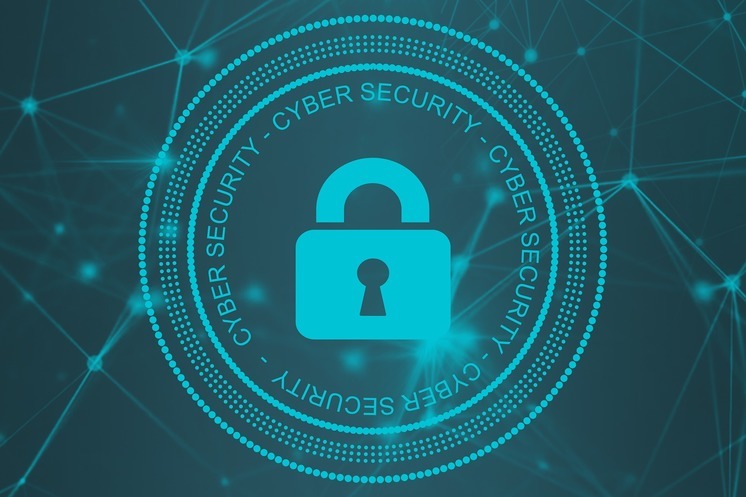The Internet of Things (IoT)
IoT. Not an uncommon term nowadays if you work in the tech industry. But if you are not in the tech industry, it may be a term that is very unfamiliar; though as a consumer of electronics, one is immersed in it just about every day.
So, what is IoT? It’s the Internet of Things. TechTarget  defines the Internet of Things (IoT) as a system of interrelated computing devices, mechanical and digital machines, objects, animals, or people that are provided with unique identifiers and the ability to transfer data over a network without requiring human-to-human or human-to-computer interaction.
defines the Internet of Things (IoT) as a system of interrelated computing devices, mechanical and digital machines, objects, animals, or people that are provided with unique identifiers and the ability to transfer data over a network without requiring human-to-human or human-to-computer interaction.

What Things?
We all know what the Internet is, but what is a thing? A thing in the Internet of things can be a person with a heart monitor implant, a farm animal with a biochip transponder, an automobile that has built-in sensors to alert the driver when tire pressure is low, or any other natural or man-made object that can be assigned an IP address and is able to transfer data over a network. Wearable devices with sensors and software can collect and analyze user data, sending messages to other technologies about the users with the aim of making users’ lives easier and more comfortable. Wearable devices are also used for public safety — for example, improving first responders’ response times during emergencies by providing optimized routes to a location or by tracking construction workers’ or firefighters’ vital signs at life-threatening sites.
Healthcare
In healthcare, IoT offers many benefits, including the ability to monitor patients more closely and using/analyzing the data that’s generated. Hospitals often use IoT systems to complete tasks such as inventory management, for both pharmaceuticals and medical instruments. That fancy soda machine where all you do is push a button on a screen and select your flavor additives also collects data and transmits your choices back to the vendor. Everything we do, touch, eat, and drink is tied to some kind of data collection. Where there is data collection, there is an IoT device with an IP address that is hackable.
Openings
We all know that our computers, tablets, smartphones, and printers all have IP addresses, so we expect them, of course, to be connected to the Internet. It’s all the other devices we have on ourselves or in our homes (that we may not even be aware of) that are potential portals for a security breach. Think of a house with many windows and doors. Every door and every window, if not secured, is a portal for a potential threat to enter. Eliminate the threat by securing the doors and windows or eliminate the threat by removing access. The same can be said about our devices. If a device has an IP address, and just about everything does these days, then it is a potential threat to the security of your network.
Threats Posed
One of the most notorious recent IoT attacks was Mirai, a botnet that infiltrated domain name server provider Dyn and took down many websites for an extended period in one of the biggest distributed denial-of-service (DDoS) attacks ever seen. Attackers gained access to the network by exploiting poorly secured IoT devices.
In a recent article from Wired  , researchers showed they could hijack a moving vehicle on a highway. With a few simple keystrokes, they were able to disable the vehicle with a DDoS attack and turn off key systems. It’s through these tainted portals that hackers are able to take control of networks and exploit the loopholes in the system to their advantage.
, researchers showed they could hijack a moving vehicle on a highway. With a few simple keystrokes, they were able to disable the vehicle with a DDoS attack and turn off key systems. It’s through these tainted portals that hackers are able to take control of networks and exploit the loopholes in the system to their advantage.
Looking Forward
What this means for us in our industry is to ensure IoT devices that are brought into our corporate environments are not allowed onto the networks. An IoT device that isn’t updated regularly, especially its security software, can be used by hackers to access the enterprise network. Unsecured IoT devices pose a major threat to critical infrastructure.
Contact Riverside Technologies, Inc. (RTI) today to learn how we can help you secure your network!
Date Posted: 6/21/19
Date Last Updated: 6/21/19
By: Daron Ross – Site Manager
US Navy Veteran in Information Systems. 25-year veteran of K-12 public education including Computer Science, Vice Principal, and IT Director. Currently serving RTI as Break/Fix Regional Manager for South Dakota and Technology Integrationist for zSpace computer systems.




